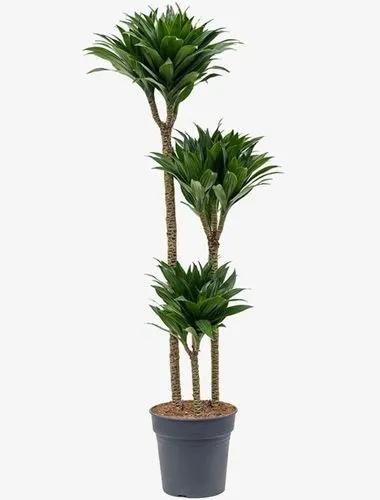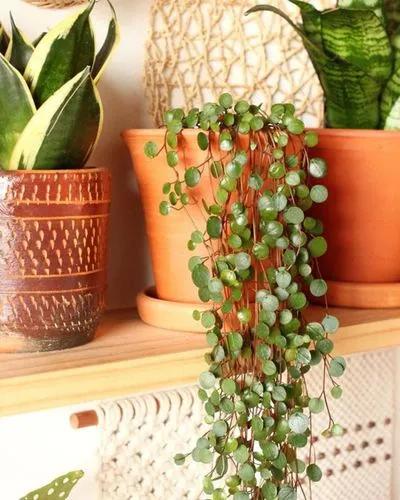Parthenocissus tricuspidata is a flowering plant in the grape family native to eastern Asia in Korea, Japan, and northern and eastern China. Although unrelated to true ivy, it is commonly known as Boston ivy, grape ivy, and Japanese ivy.
Boston-ivy Care
Parthenocissus tricuspidata



Parthenocissus tricuspidata is a deciduous woody vine growing to 30 m tall or more given suitable support, attaching itself by means of numerous small branched tendrils tipped with sticky disks. The leaves are simple, palmately lobed with three lobes, occasionally unlobed or with five lobes, or sufficiently deeply lobed to be palmately compound with (usually) three leaflets; the leaves range from 5 to 22 cm across. The flowers are inconspicuous, greenish, in clusters; the fruit is a small dark blue grape 5–10 mm diameter. The specific epithet tricuspidata means three-pointed, referring to the leaf shape.
How to Care for the Plant

Water

Their water needs are average. During the first growing season, ensure it is deeply watered so the roots develop well. After that, water the ivy approximately weekly, and more often when it is hot. It is fairly drought tolerant once it is established.

Fertilizer

While fertilizing is often unnecessary, some growers apply a fertilizer high in phosphorus (the middle number in the NPK sequence) at planting time to encourage root development. An all-purpose fertilizer would be fine.

Sunlight

Grow the vines in partial shade to full sun. While it will tolerate full shade, planting Boston ivy plants in full sun allows them to achieve maximal fall color. In areas that have hotter summers, Boston ivy plants might do best on walls facing east or north.

Soil

Boston ivy does best in well-drained, loamy soil, but it will tolerate many different soil conditions, as well as urban pollution.

Temperature

Boston ivy will do fine as long as the usual winter temperature doesn't drop below -10°F (-23°C). New growth might be damaged by late frosts.

Popularity

1,398 people already have this plant 266 people have added this plant to their wishlists
Discover more plants with the list below
Popular articles






